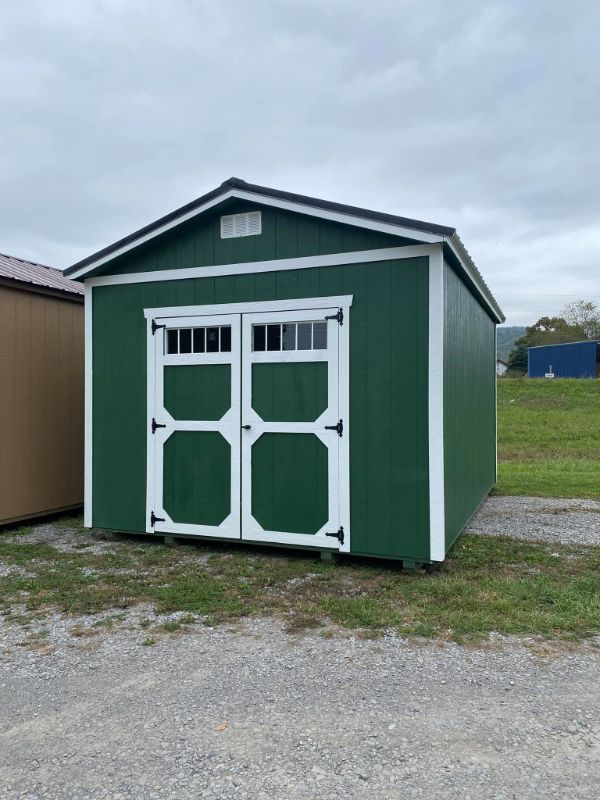Steam boilers are the backbone of many industrial operations, supplying the heat and energy required for production, processing, and cleaning. When a boiler breaks down unexpectedly, the entire operation can come to a halt, causing delays and losses. Regular maintenance checks are the most effective way to avoid such issues. These checks not only help identify minor problems before they grow but also extend the boiler’s life and ensure energy efficiency. Keeping boilers in good condition through scheduled inspections is a smart and cost-effective practice that keeps industrial operations safe, reliable, and productive.
Steam Boiler Maintenance Matters
Steam boilers operate under high pressure and temperature, which means any negligence, can lead to reduced efficiency, safety risks, or total equipment failure. Routine maintenance helps prevent breakdowns, saves energy, and ensures consistent steam supply for all industrial needs.
Key reasons to maintain steam boilers include:
- Preventing unexpected shutdowns that disrupt operations.
- Improving energy efficiency and lowering fuel costs.
- Ensuring worker safety by avoiding pressure-related accidents.
- Extending the lifespan of boiler components.
- Meeting safety and environmental standards.
Essential Maintenance Checks for Steam Boilers
To keep a steam boiler in optimal condition, maintenance should cover several important areas. A systematic approach ensures that no part of the system is overlooked.
Critical areas to check include:
- Water quality and treatment: Prevents scaling and corrosion that can damage the boiler.
- Pressure and temperature controls: Ensures the system operates safely within set limits.
- Burner and fuel system: Keeps combustion efficient and minimizes emissions.
- Safety valves and gauges: Confirms safety devices work properly to prevent overpressure.
- Condensate system: Detects leaks and maintains water recovery efficiency.
- Pipes and insulation: Reduces heat loss and maintains consistent performance.
Regular checks of these elements can significantly reduce downtime and keep operations running smoothly.
How Often Should Maintenance Be Done?
The frequency of maintenance checks depends on the boiler’s size, usage, and operating conditions. However, following a structured schedule helps maintain consistency. Valuable insights about improving operational safety and boiler performance are just a step away when you click to read more today.
Recommended maintenance frequency:
- Daily: Monitor pressure, temperature, and water level.
- Weekly: Inspect safety valves, blow down the system, and check burner function.
- Monthly: Review fuel system, controls, and water treatment.
- Quarterly: Conduct efficiency testing and clean heat exchange surfaces.
- Annually: Perform a full inspection, internal cleaning, and safety certification.
Following these intervals ensures that both minor and major issues are addressed promptly.
Benefits of Regular Maintenance
Regular steam boiler maintenance delivers long-term operational and financial benefits:
- Reduces unplanned downtime and costly repairs.
- Improves overall energy efficiency.
- Enhances safety and compliance with standards.
- Extends the life of the equipment.
- Maintains steady production flow and product quality.
Timely steam boiler maintenance checks are essential for keeping industrial operations safe, efficient, and uninterrupted. By following a consistent inspection schedule and addressing issues early, industries can prevent breakdowns, reduce energy costs, and ensure reliable performance. A well-maintained boiler is not just a piece of equipment it is a key contributor to smooth, productive, and safe industrial operations.





